The Revival of Nero’s Terracotta Wine
The production and consumption of wine can be traced back to the time between 8000 and 4100 B.C. Traces of clay jars and wine production could be found in Armenia, providing clues that wine was produced there in ancient times. The first production of wine can be attributed to the Shulaveri-Shomu culture people, who belonged to the stone age. The Armenian village still produces an excellent quality wine called Arena.
Wine is an alcoholic drink made from fermented grapes. People around the world have enjoyed it since times immemorial. Wine is also associated with romance and adventure. The types of wine found in the market are diverse. Each locality has its specialized wine and method of production. The most famous and unique wines of the world are Cabernet Sauvignon and Pinotage. People love to have red wine, especially on occasions like marriage or during Christmas and new year.
A dive into Nero’s terracotta wine:
Nero d’Avola is a very famous red wine made in Italy. The name Nero d’Avola comes from Avola, which is situated in southern Sicily. The rich and tasty wine comes in sweet tannins and peppery flavours. Nero d’Avola was initially grown in Sicily, but now it is grown in Australia, Turkey, and South Africa also. The wine is slightly acidic and fruity in flavour. Nero d’Avola is also called Nero’s terracotta wine because the ancient winemakers fermented the wine in terracotta vessels. With the advancement in technology, they shifted from terracotta to oak barrels, glass, and stainless-steel containers, but now they are returning to terracotta to avoid deforestation and environmental degeneration.
Reasons for the discontinuation of terracotta vessels for Nero’s wine:
- The ancient winemakers slowly discontinued the use of terracotta vessels with the invention and application of stainless steel and glass. Stainless steel and glass had flavour neutralizing properties that were absent in terracotta.
- Moreover, glass and stainless-steel wine containers prevented oxidation.
- Moreover, oak barrels allowed oxidation but gave a woody taste to the wine which was liked by many at that time.
- Terracotta vessels were excessively heavy and were difficult to manage because they were breakable. The conical shape of the ancient terracotta containers made them very difficult to maintain and clean, which could lead to toxin build-up.
- It was difficult to seal the terracotta containers properly because of their conical shape and colossal size. The winemakers were scared that the vessels would break under the pressure of fermentation.
- The porosity of terracotta made the containers leak, which led not only to the loss of wine but also leads to bacterial formation outside the boxes. This made the winemakers continuously search for substitutes that would make the process of winemaking effortless and hassle-free.
- Terracotta and clay barrels not only absorb the earthy flavours but also incorporate the metals in the clay, which might lead to toxicity.
Use of terracotta wine vessels:
From times immemorial, winemakers had used clay and terracotta vessels to ferment wine because of its natural components and the rich earthy flavour that is provided to the wine. The wine fermented in pottery and terracotta vessels adds a very unique and zesty flavour to the wine. Wineries are also using terracotta vessels instead of oak barrels to save the cutting down of a massive number of oak trees annually. Cutting down trees is detrimental to the environment. To comply with environmental norms, many wineries are switching to more natural and environment-friendly substitutes like terracotta and clay.
Romans initially used terracotta vessels in ancient times. But they underwent a decline with the introduction of stainless steel and oak barrels, which were not only sturdier than terracotta but gave a different taste to the wine. Winemakers always want to experiment with the taste and quality of the wine, which is a drink consumed worldwide.
Benefits of using terracotta wine vessels:
- Terracotta is a natural component. It is obtained from earth and therefore adds an earthy taste to the wine.
- Terracotta wine vessels are toxin and BPA free and, therefore, healthy for the fermentation of wine. Fermentation is a lengthy process and could take years altogether to obtain the best taste. As a result, it is better to ferment wine in natural vessels so that the long period of fermentation doesn’t turn the wine toxic.
- Terracotta is a porous substance. As a result, when the wine is fermented in the porous vessels for a long time, they seep into the walls of the vessel, which gives the wine a unique taste, which makes the wine Nero d’Avola world famous.
- Terracotta wine vessel gives us a glimpse into our age-old process of winemaking when a clay-amphorae was used for the fermentation of wine. It binds us with our age-old culture and renders romanticism to the art of wine production. It takes us back to the cities of Italy and Venice.
- Terracotta is a natural component and, therefore, recyclable and reusable. It does not lead to environmental degeneration. As a result, more wineries are now reviving the old process of fermentation in terracotta vessels. There is a revival of Nero’s terracotta wine in recent times. They had shifted to fermentation in oak barrels, but now they are reviving the use of terracotta vessels for the fermentation of Nero’s wine.
- The supply of oak barrels was limited because only matured oak trees could be transformed into wine barrels. It takes a lot of time for an oak tree to develop. As a result, it is better to shift to natural and sustainable products such as terracotta and clay, which are present in abundance in the universe.
Conclusion
The above article is a dig into history and why wineries gradually shifted to winemaking in terracotta containers despite several disadvantages. The report also gives us a glimpse of the world-famous red wine Nero d’ Avola, which was famous for its terracotta wine. The article presents the readers with some information on the ancient process of winemaking and why there is a revival of the classical methods in recent times. Fancy, right?
Sway the winds of your culture back at your tables with Ellementry's terracotta collection that ranges from curd-setters to sprout makers to water bottles to bakewares. We go deep down into history to bring you products considered long forgotten. Our Terracotta range is an exploration into history's marvels matched with beautiful artistry that transforms your kitchen experience.

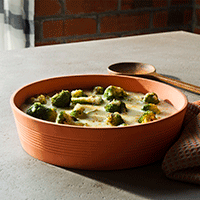
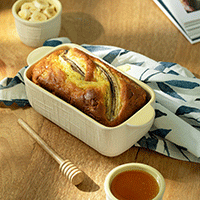
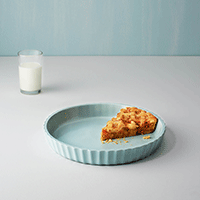

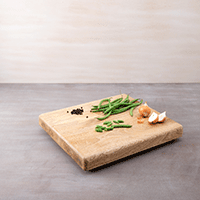
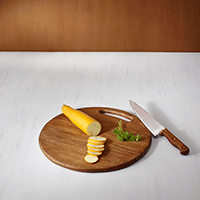
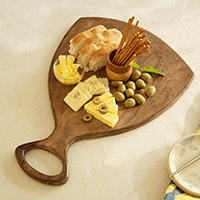
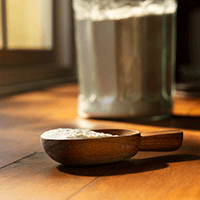
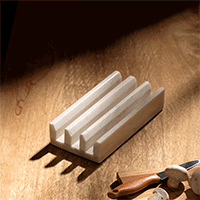

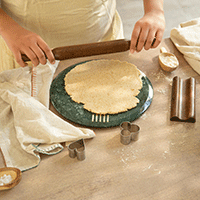
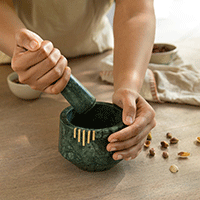
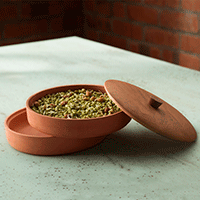
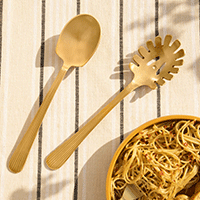
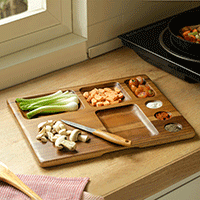
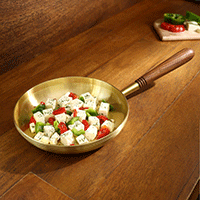
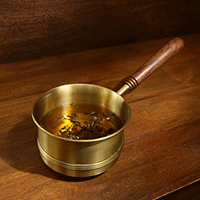
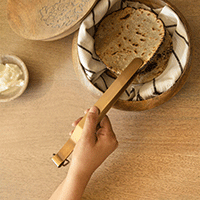
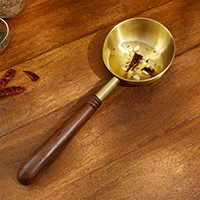
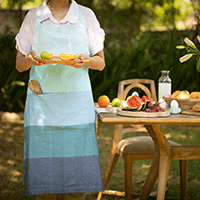
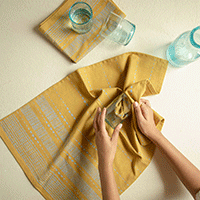
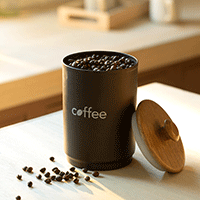
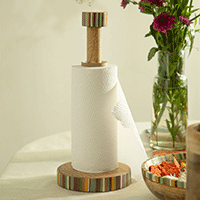

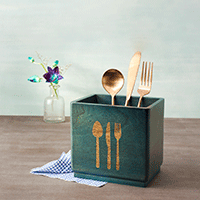
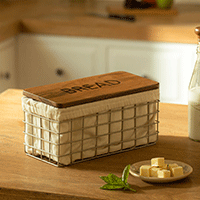
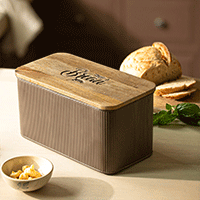
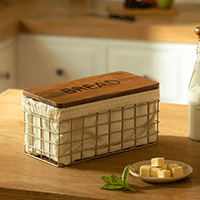
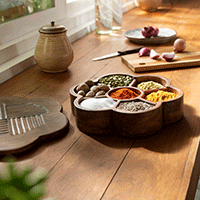

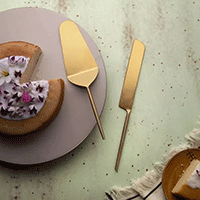
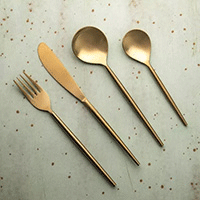
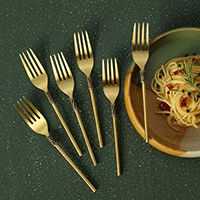
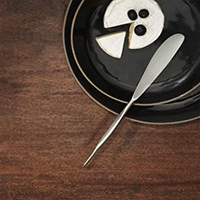
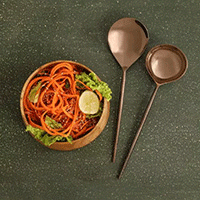
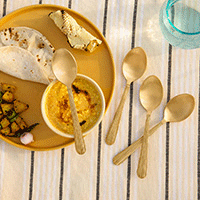
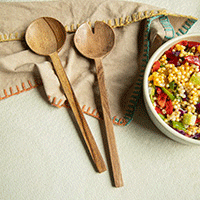
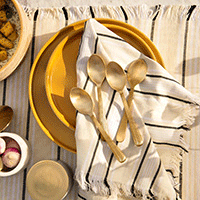
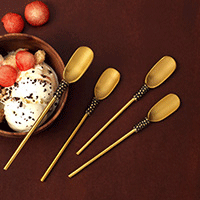
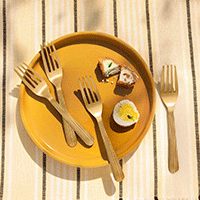
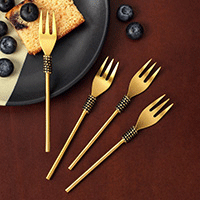
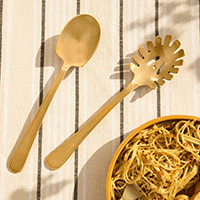
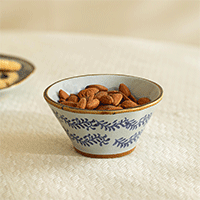
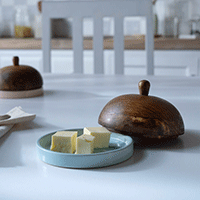
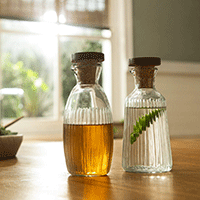
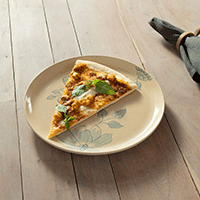
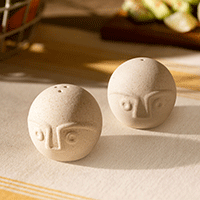
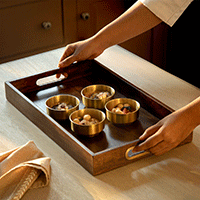
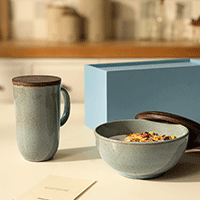


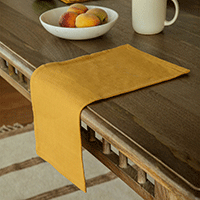
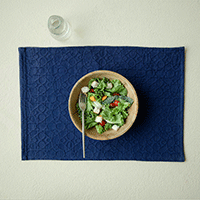

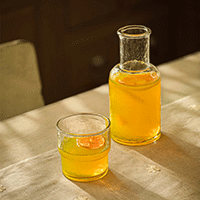
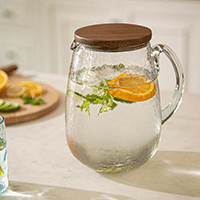
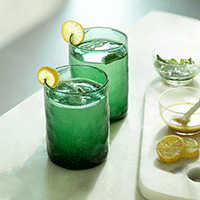
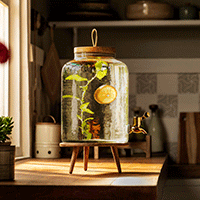
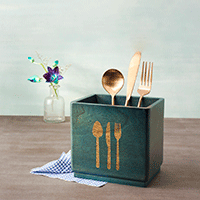
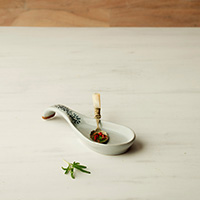
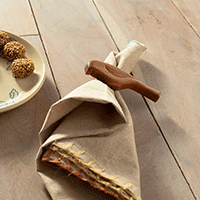

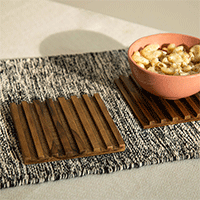
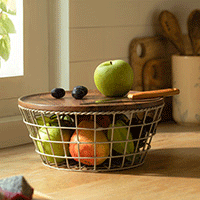
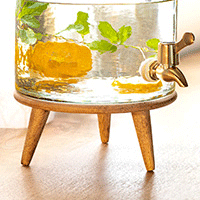
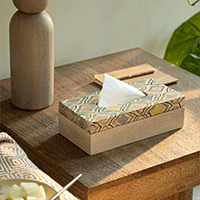

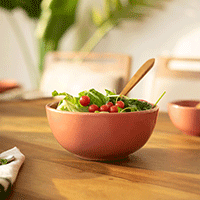
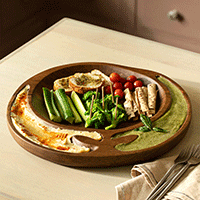
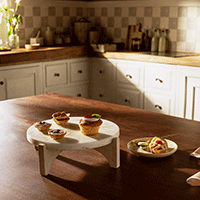
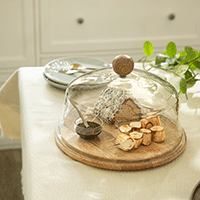
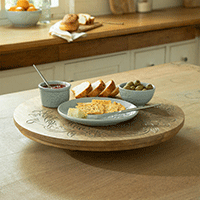
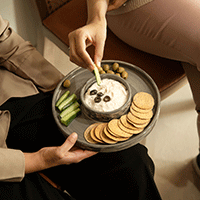
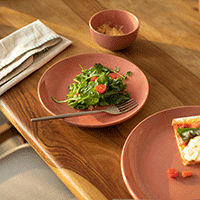
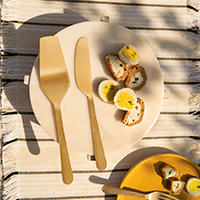
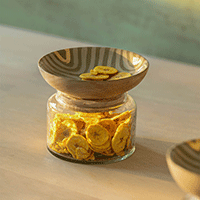
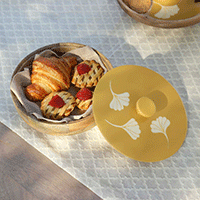
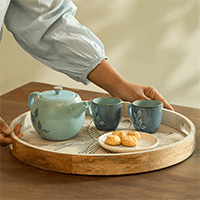
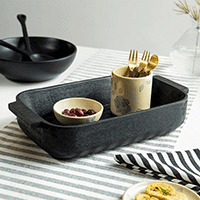
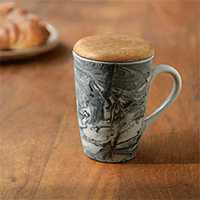
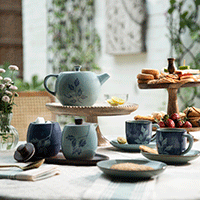
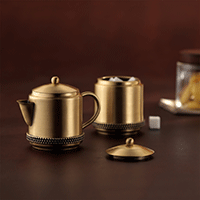
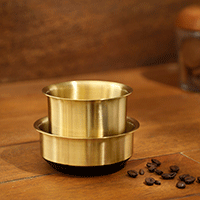

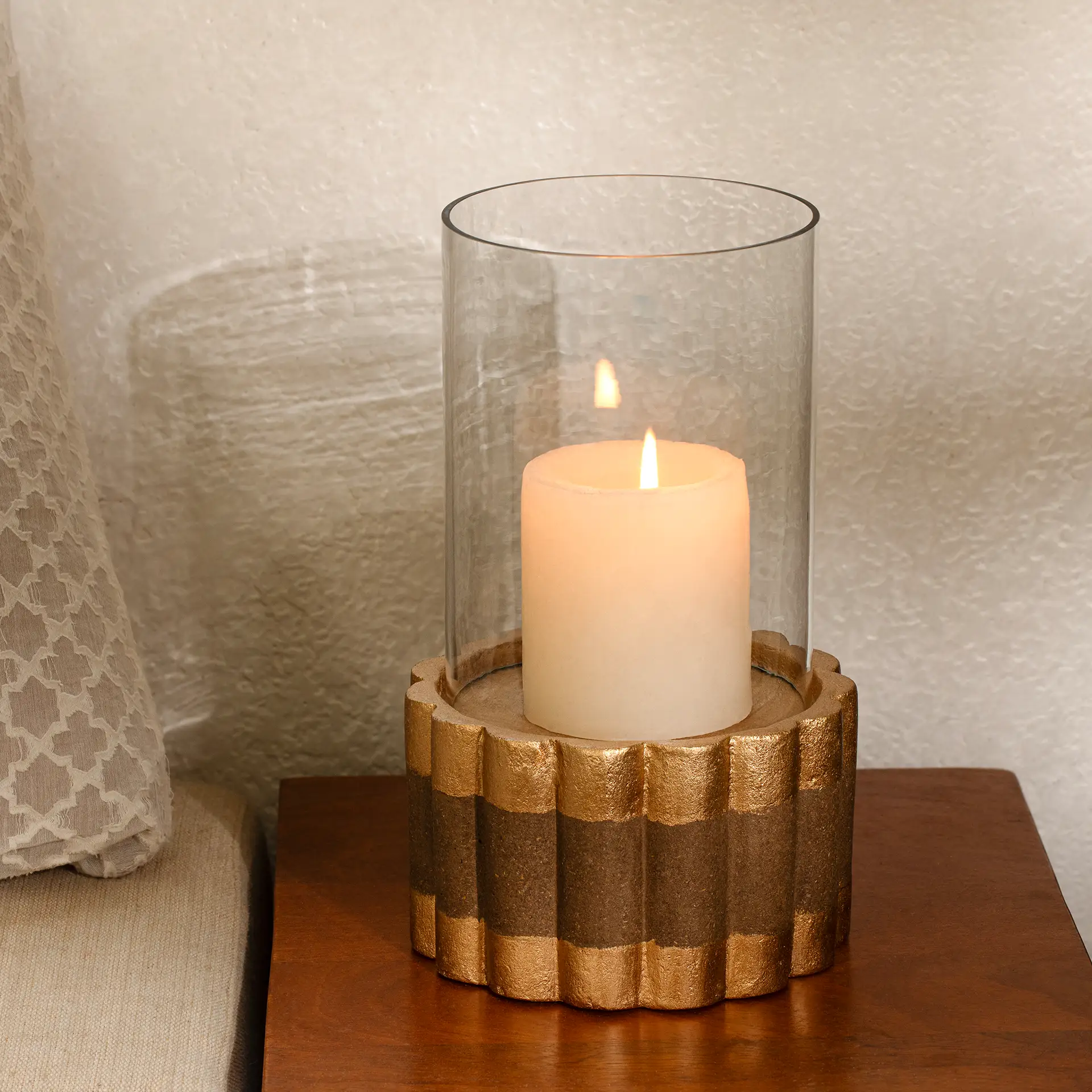


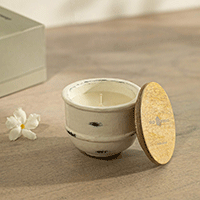
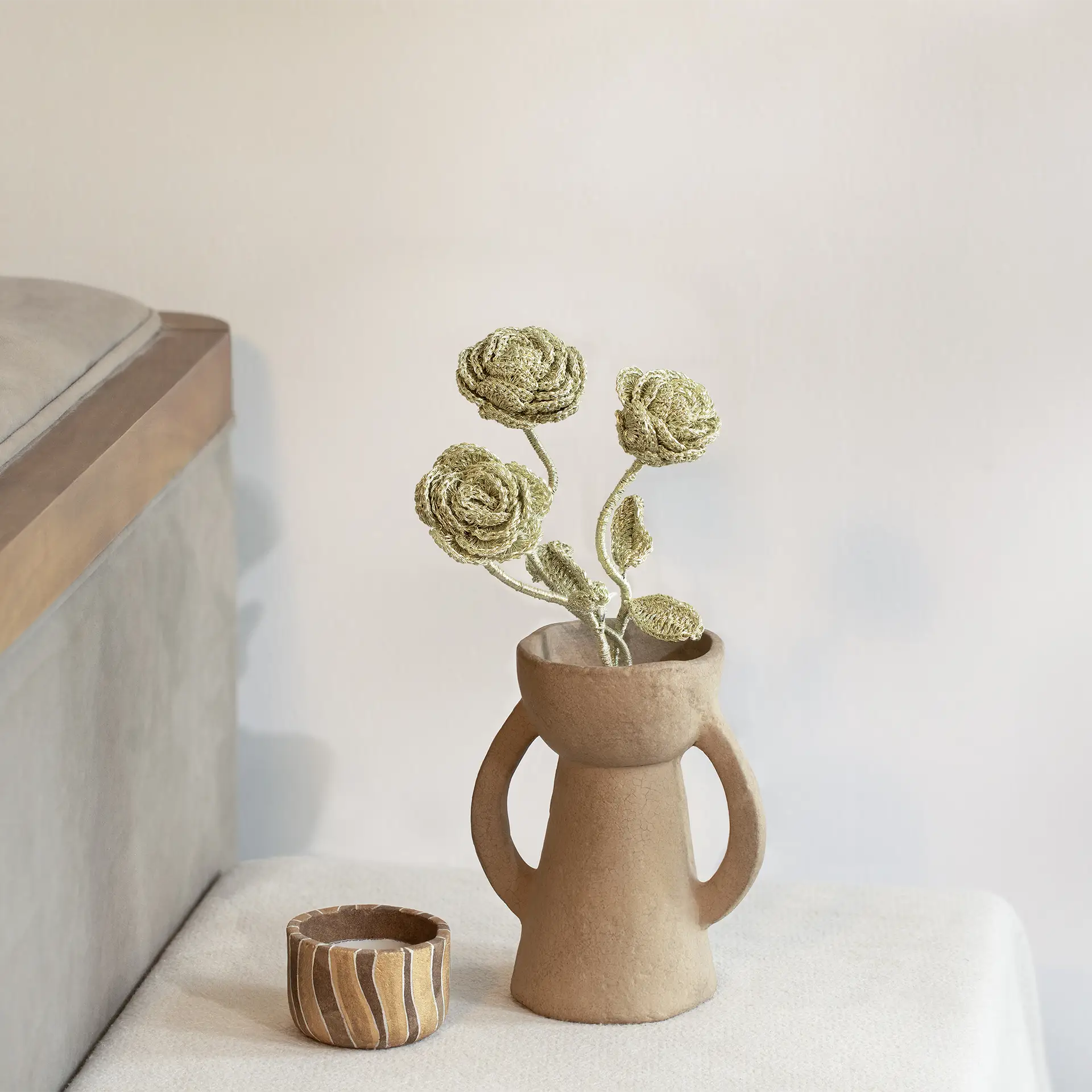
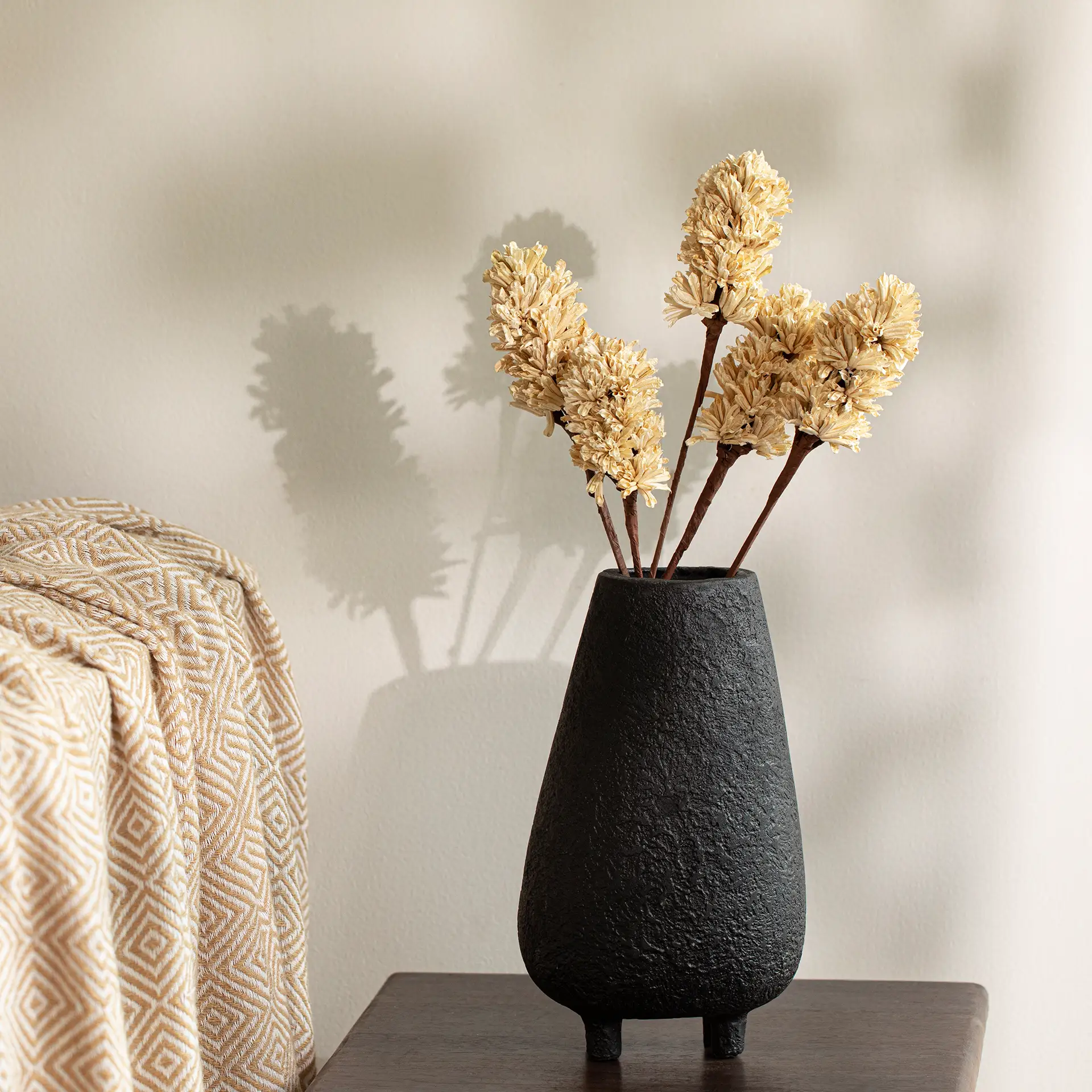
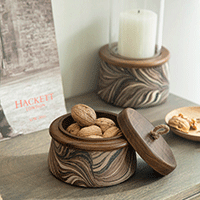
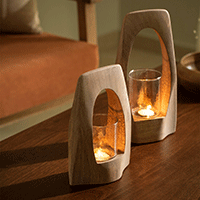
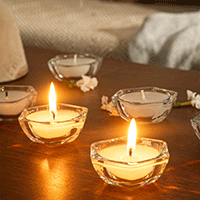
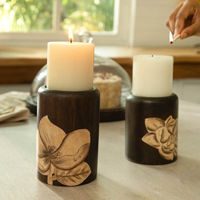
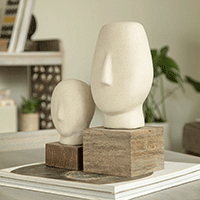
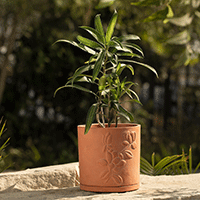
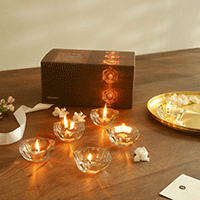
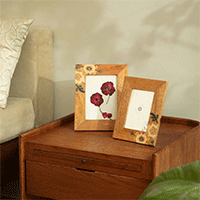
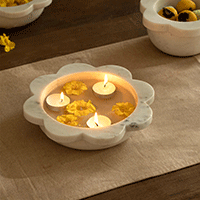


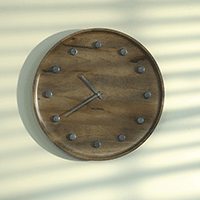
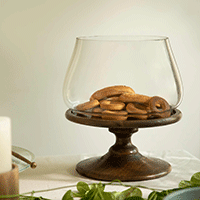

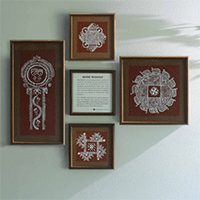


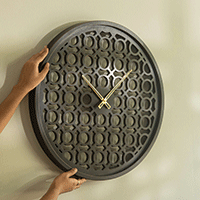

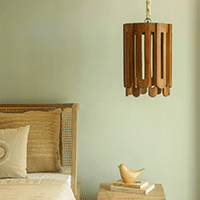
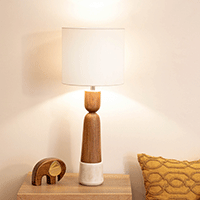
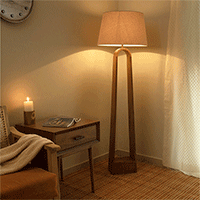
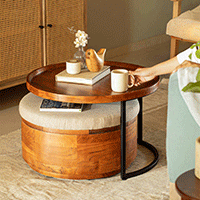

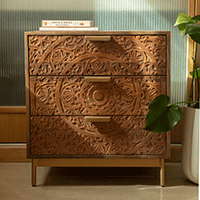
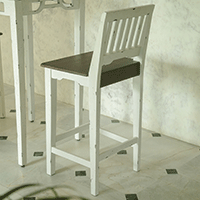
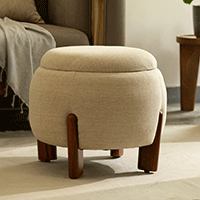
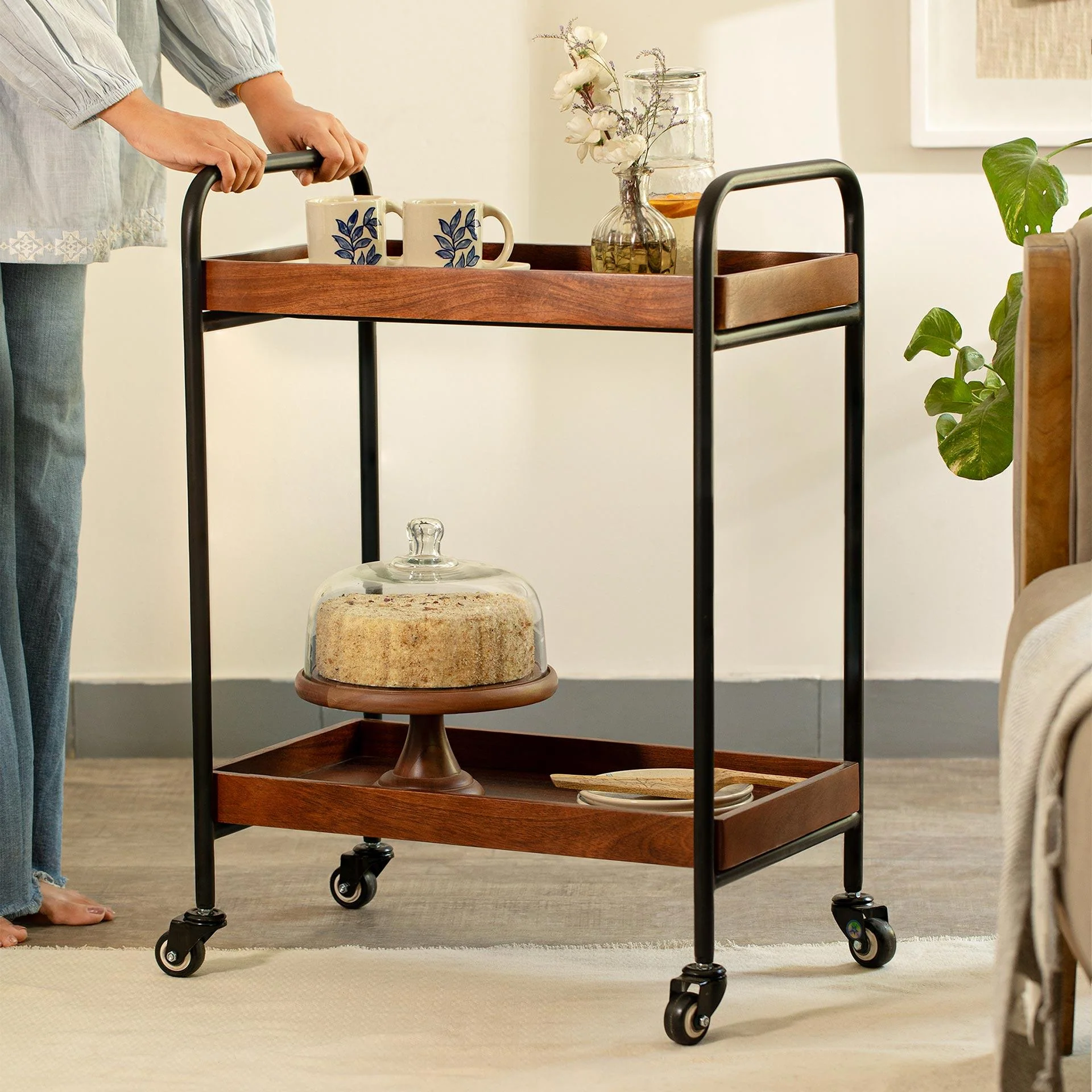

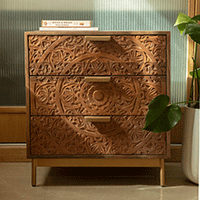


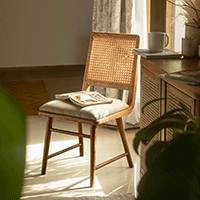

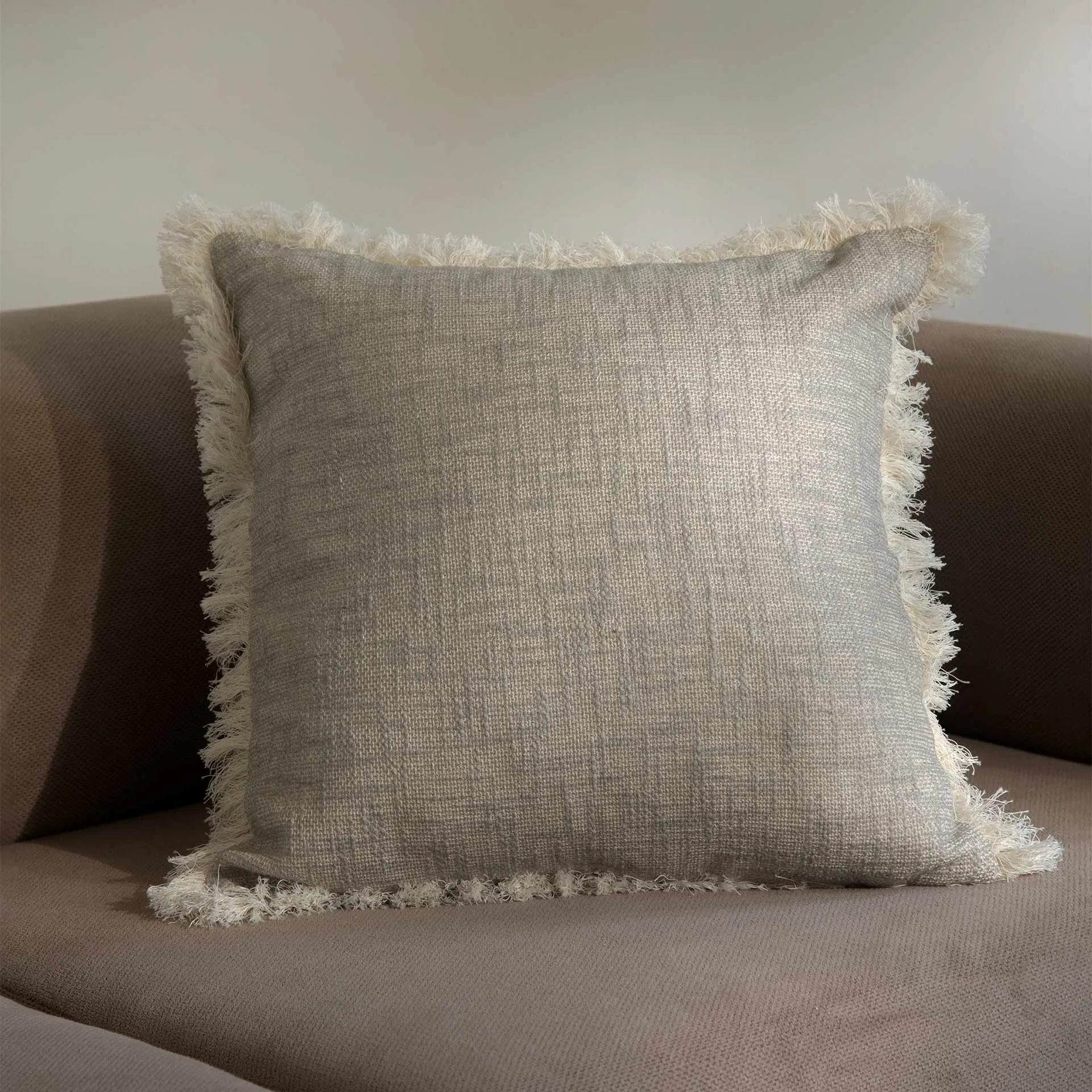
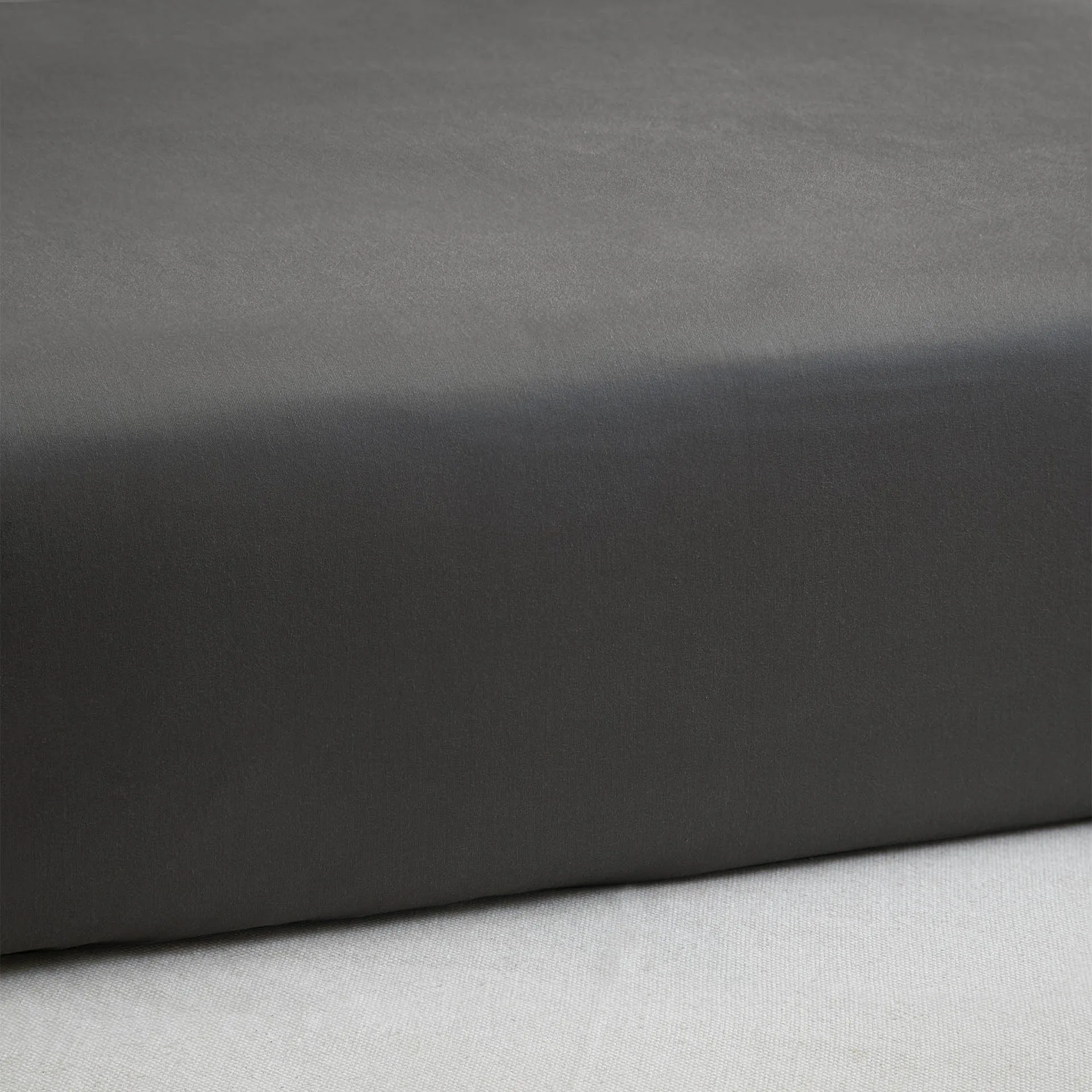

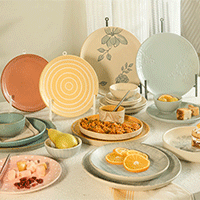
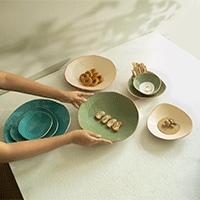
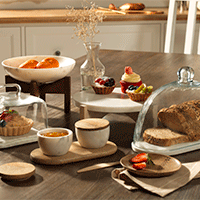
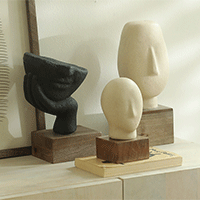
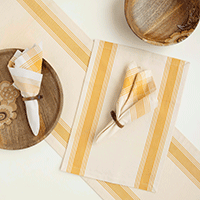
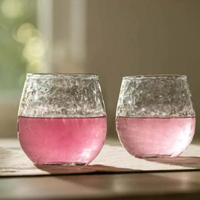
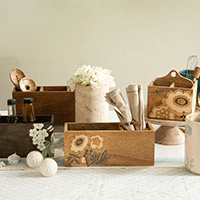
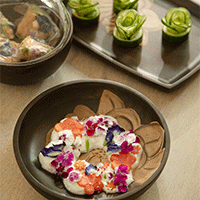
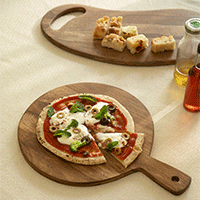
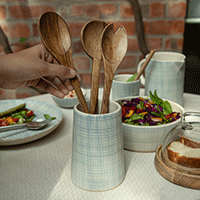
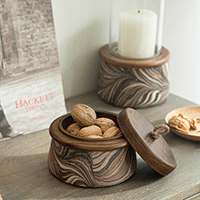
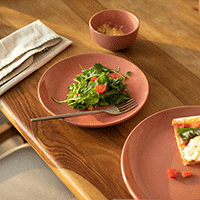
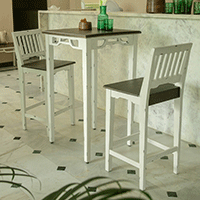
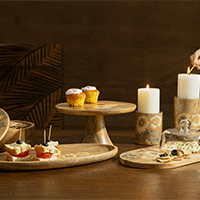
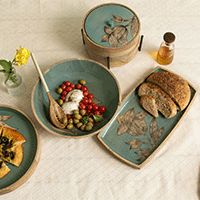
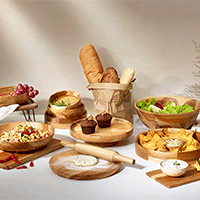
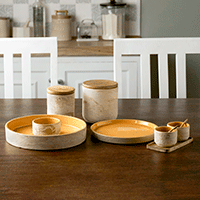
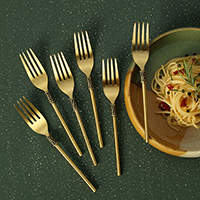
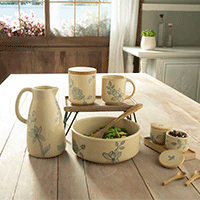
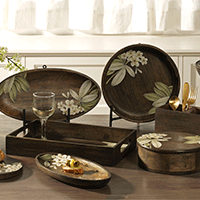
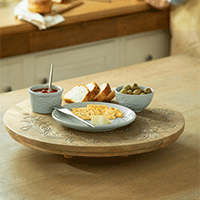
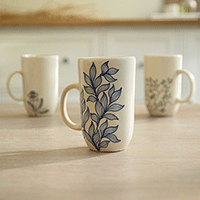
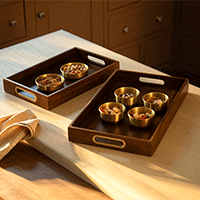

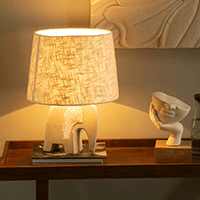
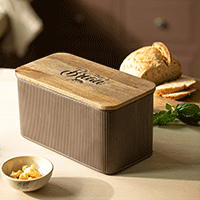
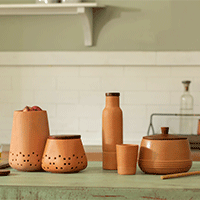
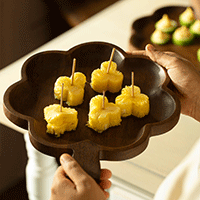
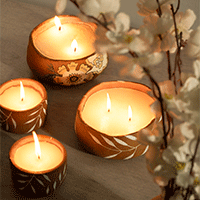
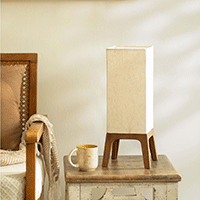
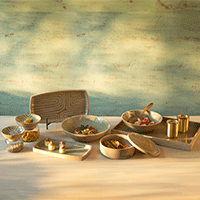
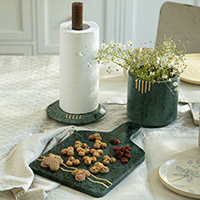
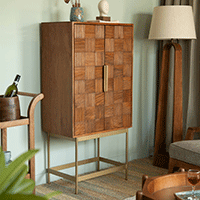
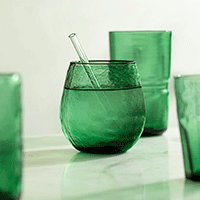
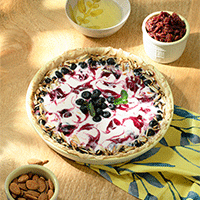
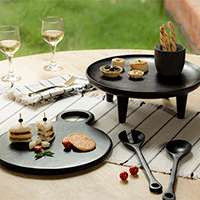
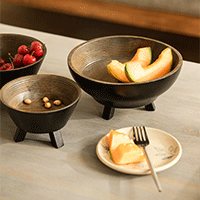
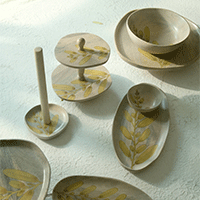
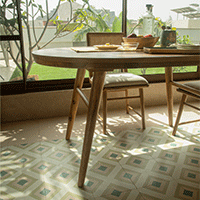
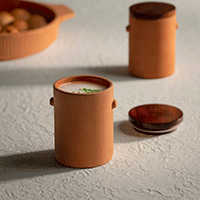
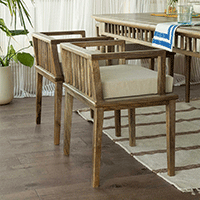

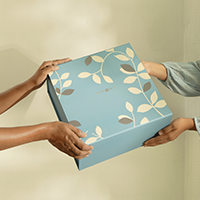


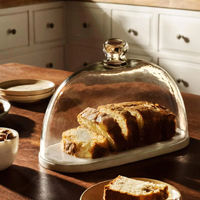

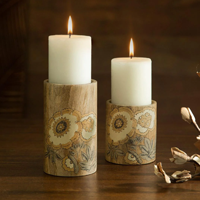



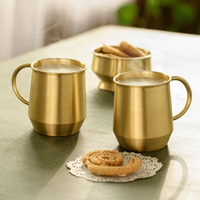
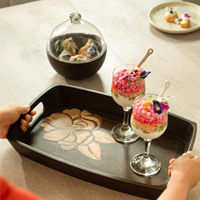
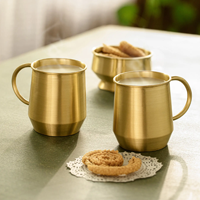
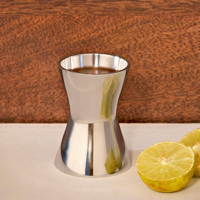
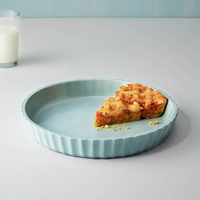
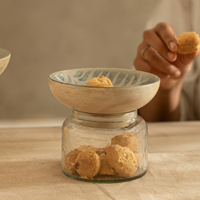
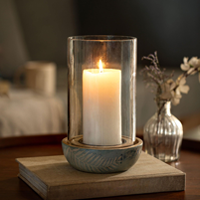
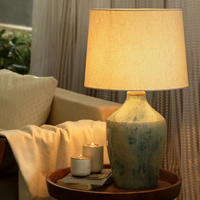
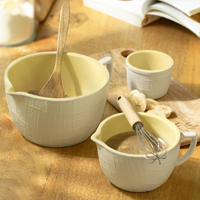
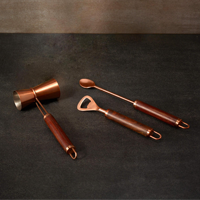
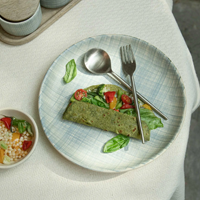














 easy returns
easy returns safe & secure
safe & secure hand crafted
hand crafted
